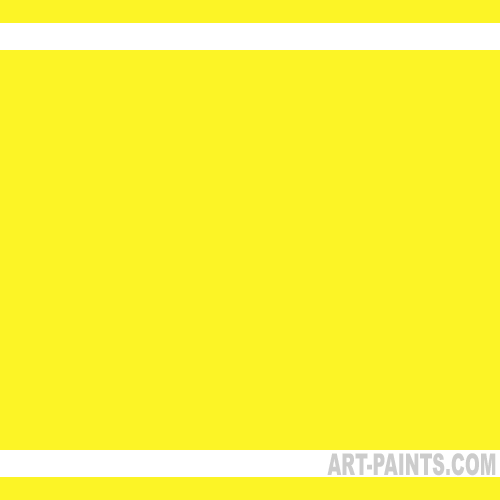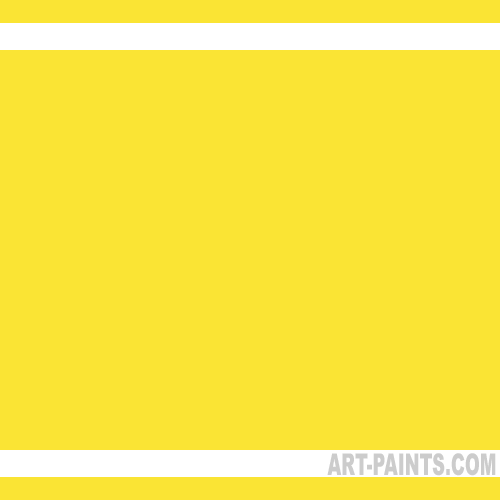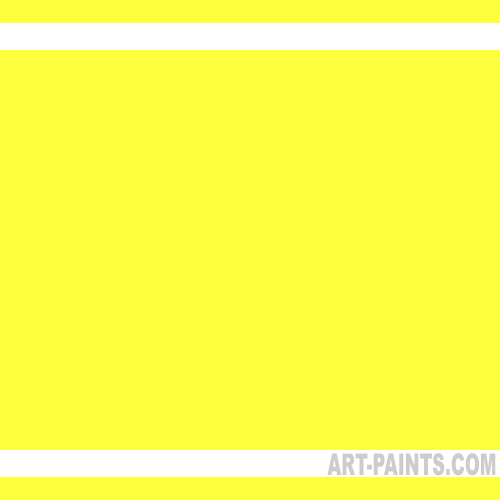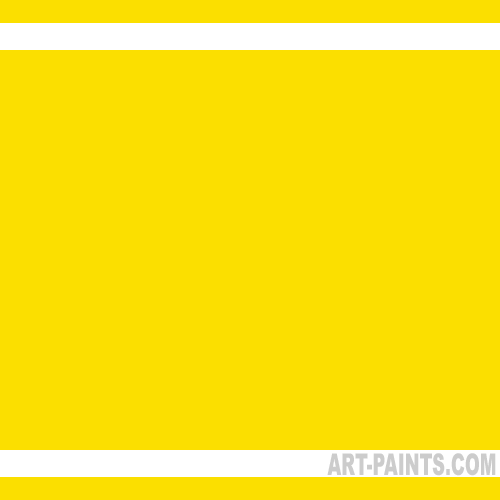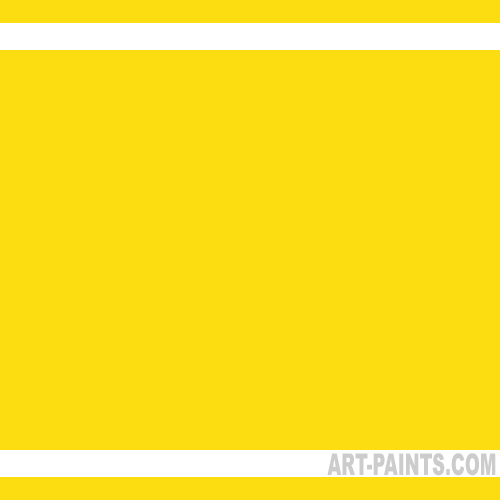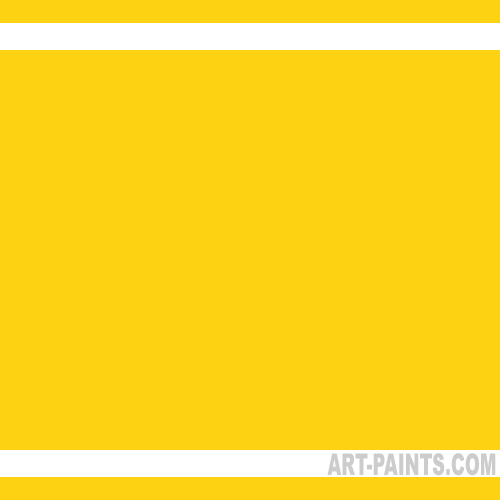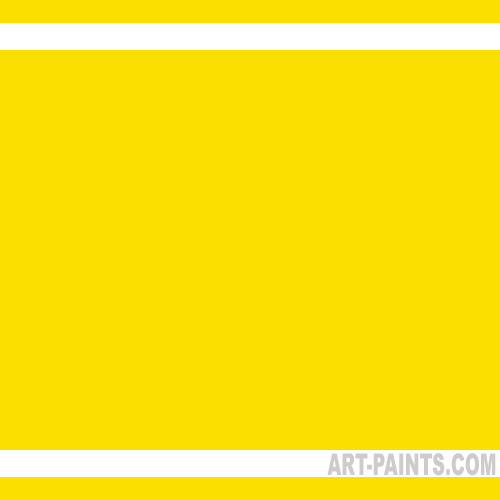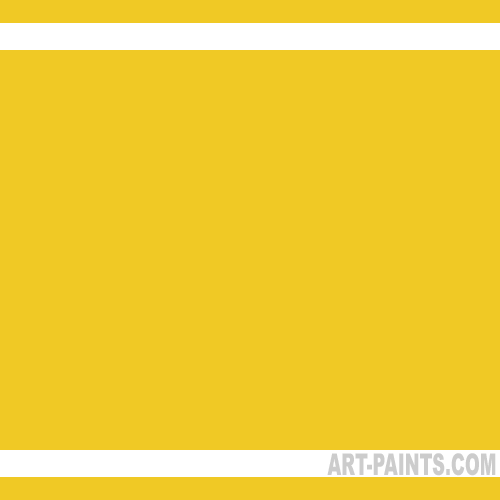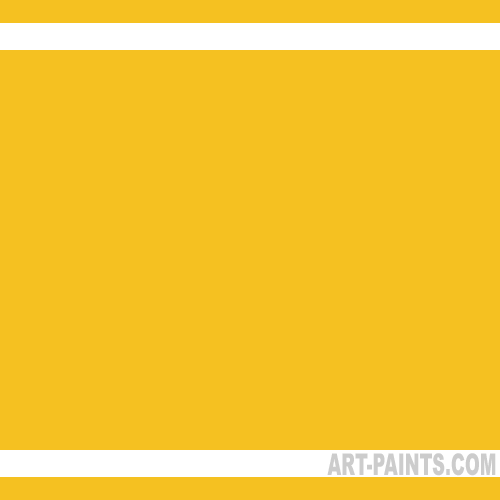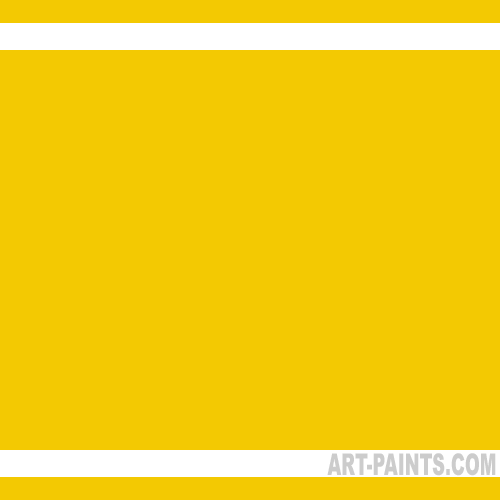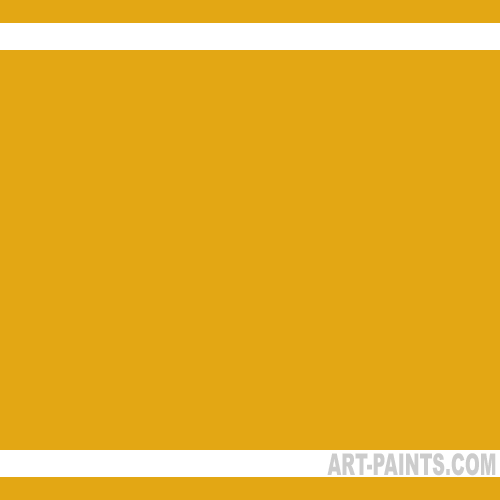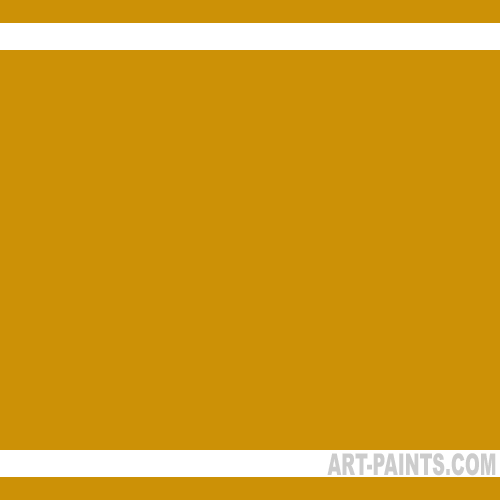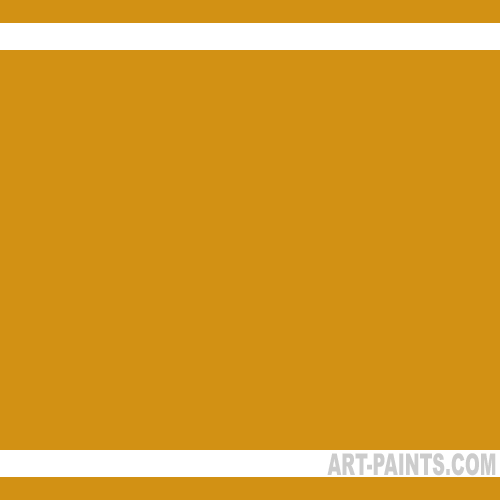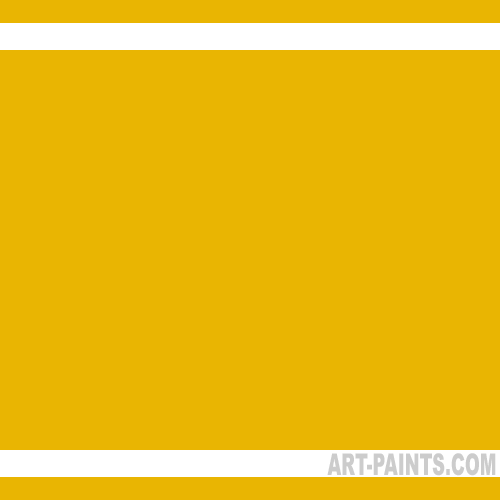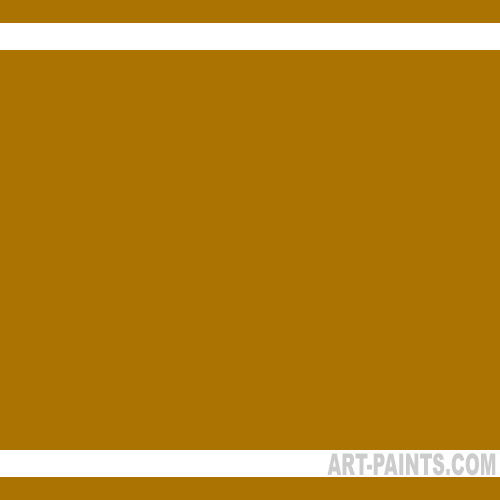Spring has found most of us in the Northern hemisphere, and we’re finally enjoying longer days and sunny weather.
If you’re looking for colors to create a palette to proclaim your joy in the onset of warmer weather, make sure you include the family of yellow hues as part of your paint choices.
The History Of Yellow
Yellow is one of the oldest pigments used by man. Iron Oxide is one of the most common mineral pigments in nature, and has a yellow hue, so it was regularly used to add a yellow color to fabrics, drawings and body painting. Other yellow hues were derived from organic sources such as tree bark and plants. However, most yellow hues currently used are inorganic minerals or synthetic chemical formulations. Organic pigments are typically not colorfast and deteriorate easily.
Bismuth Yellow
This intense, semi-opaque yellow is light in value and is very lightfast. An inorganic chemical formulation occurs in nature, it has been synthetically produced since the 1970s. It’s also known as Vanadium Yellow and Permanent Lemon Yellow.
Cadmium Yellow
Cadmium Yellow is the workhorse of the artist’s palette. It’s formulated with cadmium zinc sulfide and has high hiding power and tinting strength. Cadmium Yellow is available in pale, medium and deep shades, so many artists will have a variety of Cadmium Yellows in their tabouret. This hue is permanent and lightfast, but the pale shades may be prone to fading in sunlight or exposure to moisture.
Hansa Yellow
This rich, mellow yellow is a synthetic color that was developed in Germany in the early twentieth century. The color was formulated to replace Cadmium Yellow, and at the time was used primarily for dyeing fabric. It has high tinting strength and has a good lightfast property. Alternative names for this warm, natural-looking yellow include Azo, Brilliant Yellow and Permanent Yellow.
Naples Yellow
This sunny and warm yellow varies a great deal according to individual manufacturer’s formulations. An extremely opaque and permanent pigment, it is often overlooked for an artist’s palette. In its original formulation, it was highly toxic. Today, it is composed of non-toxic inorganic chromium titanate pigment. Due to the variety of shades available, an artist will probably purchase several tubes of Naples Yellow before finding his perfect hue.
Transparent Yellow
Transparent Yellow is made with a modern organic formulation that is considered lightfast, but has not been classified on its permanence. It is a bright, rich yellow hue that can be used as a glaze or in combination with other colors.
Yellow Ochre
Yellow Ochre was one of the very first pigments used by man, with evidence of its use 300,000 years ago in France and the former Czechoslovakia. This hue is derived from iron oxide and is extremely colorfast and lightfast. It varies from opaque to transparent, depending on the manufacturer, and it is widely used as a glaze in its transparent formulations. It dries quickly, and it is often used as an underpainting. This pigment is also sold as Iron Yellow, Mars Orange, Mars Yellow, Ochre, Yellow Earth and Yellow Oxide.
Turn to the yellow family to add a warm glow to your paintings. Whether you add a touch of yellow to accent your focal point or create a yellow-hued painting that’s filled with this sunny color in all its many facets, yellow will warm your home and heart with its cheerful personality.
